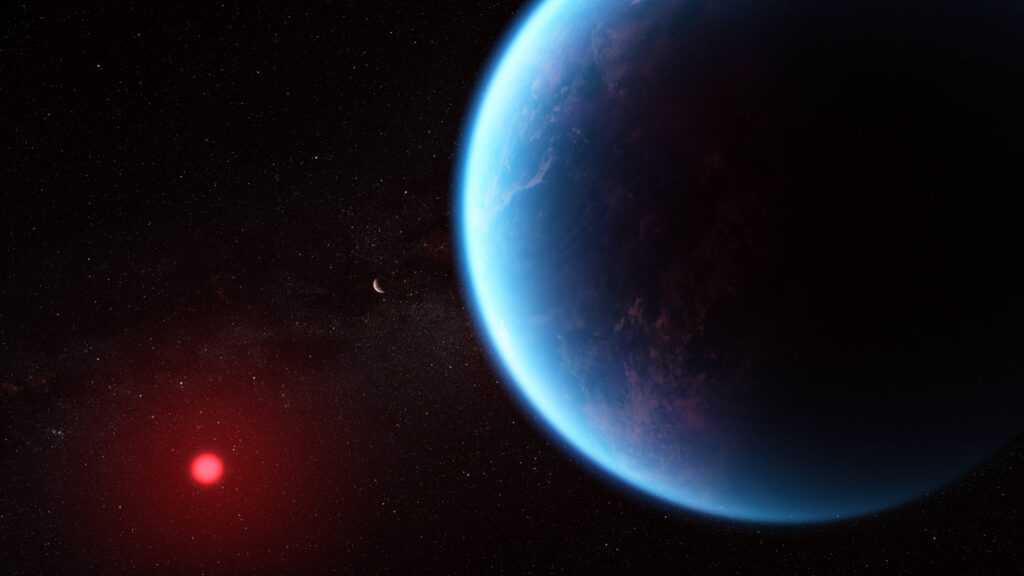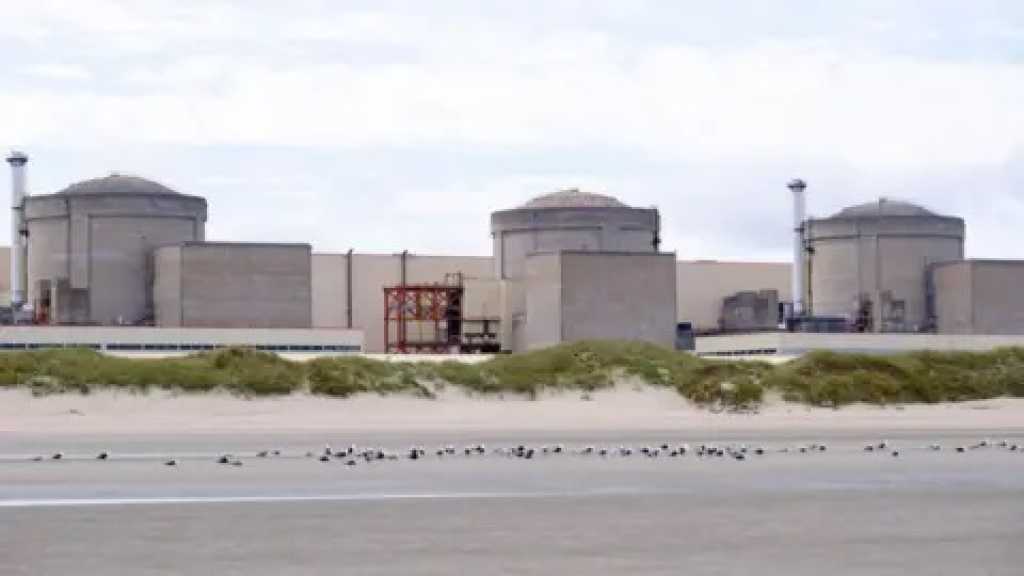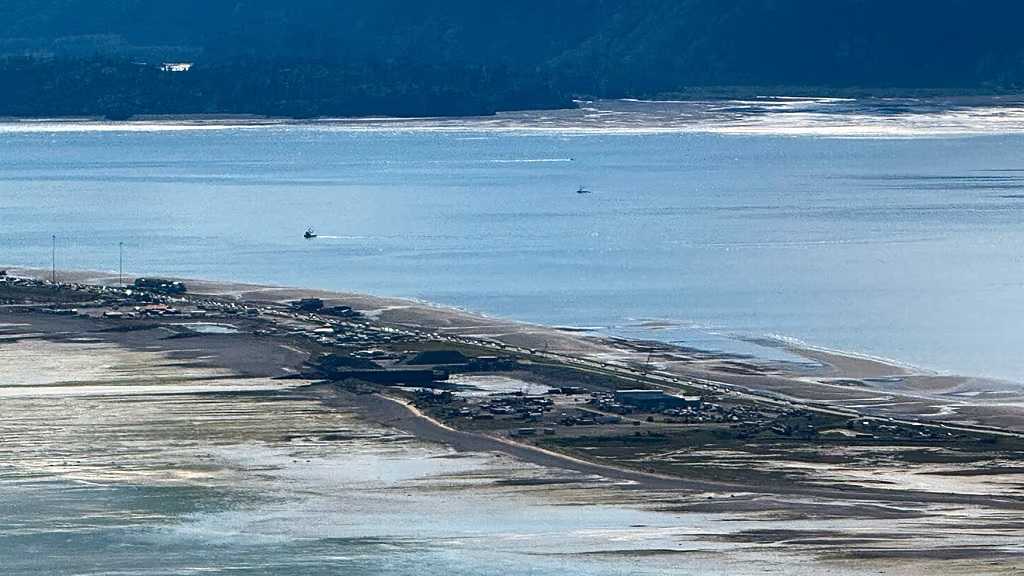Scientists Detect Strongest Evidence Yet of Life on an Alien Planet

By Staff, Agencies
A giant planet 124 light years from Earth has yielded the strongest evidence yet that extraterrestrial life may be thriving beyond our solar system, astronomers claim.
Observations by the James Webb space telescope of a planet called K2-18 b appear to reveal the chemical fingerprints of two compounds that, on Earth, are only known to be produced by life.
Detection of the chemicals, dimethyl sulfide [DMS] and dimethyl disulfide [DMDS] would not amount to proof of alien biological activity, but could bring the answer to the question of whether we are alone in the universe much closer.
“This is the strongest evidence to date for a biological activity beyond the solar system,” said Prof Nikku Madhusudhan, an astrophysicist at the University of Cambridge who led the observations. “We are very cautious. We have to question ourselves both on whether the signal is real and what it means.”
He added: “Decades from now, we may look back at this point in time and recognise it was when the living universe came within reach. This could be the tipping point, where suddenly the fundamental question of whether we’re alone in the universe is one we’re capable of answering.”
Others are more skeptical, with questions remaining about whether the overall conditions on K2-18 b, are favorable to life and whether DMS and DMDS, which are largely produced by marine phytoplankton on Earth, can be reliably regarded as biosignatures.
K2-18 b, which sits in the Leo constellation, is nearly nine times as massive as the Earth and 2.6 times as large and orbits in the habitable zone of its star, a cool red dwarf less than half the size of the sun. When the Hubble space telescope appeared to spot water vapor in its atmosphere in 2019, scientists declared it “the most habitable known world” beyond the solar system.
The supposed water signal was shown to be methane in follow-up observations by Madhusudhan’s team in 2023. But, they argued, K2-18 b’s profile was consistent with a habitable world, covered in a vast, deep ocean – a view that remains contentious. More provocatively, the Cambridge team reported a tentative hint of DMS.
Planets beyond our solar system are too distant to photograph or reach with robotic spacecraft. But scientists can estimate their size, density and temperature and probe their chemical makeup by tracking the exoplanet as it passes across the face of its host star and measuring starlight that has been filtered through its atmosphere. In the latest observations, wavelengths that are absorbed by DMS and DMDS, were seen to suddenly drop off as K2-18 b wandered in front of the red dwarf.
Comments
- Related News

Jellyfish Swarm Shuts Down French Nuclear Plant
2 months ago
Young Europeans Losing Faith in Democracy!
3 months ago

